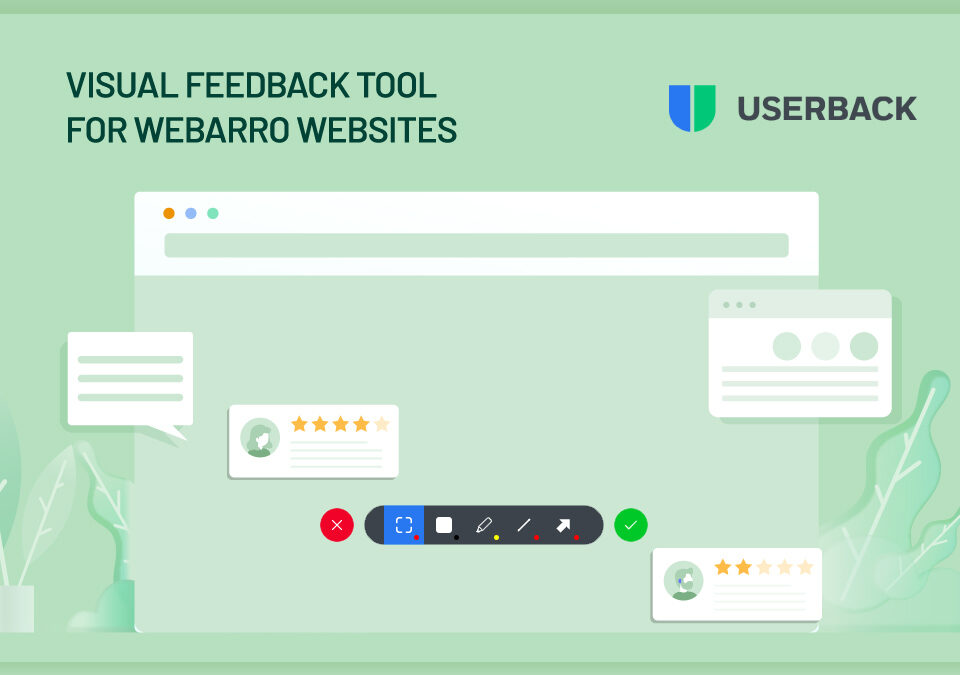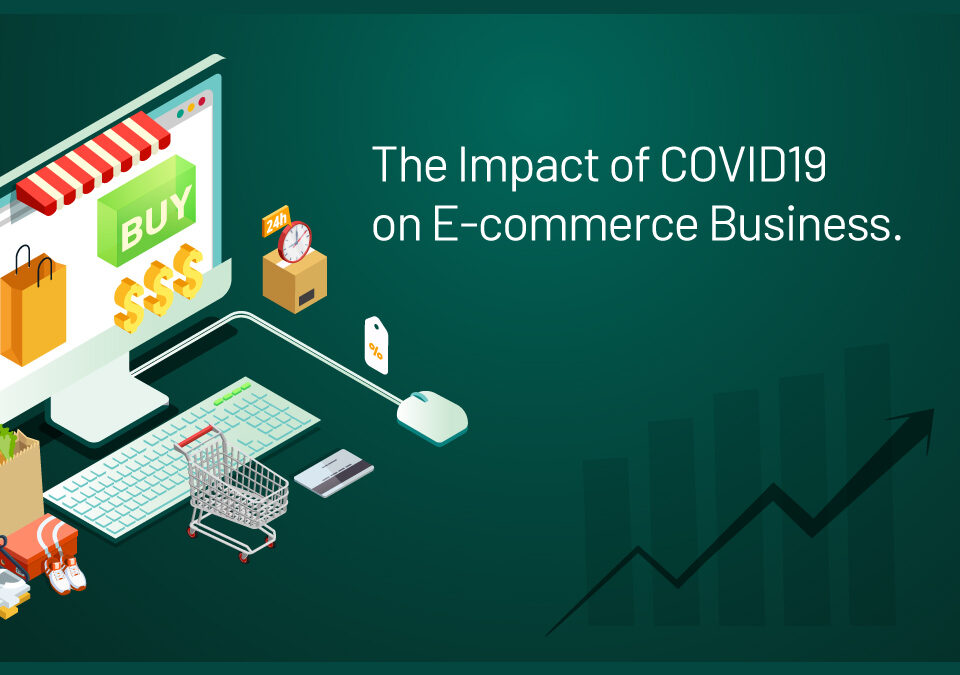Facebook isn’t just about posting selfies, making new friends and keeping in touch with old-time friends. For businesses, Facebook is much more. It is about building brand, generating leads engaging customers and making the good news resonate across various circles. It is in fact, one of the less expensive modes of social media marketing. In spite of all these potentialities and possibilities, not every business gets the marketing equation right on Facebook. While the reasons for failure could be different for different businesses, here are a few mistakes to avoid.
1.Over Promotion
It could be true that the reason why you have put so much effort in creating a professional-looking Facebook page is to promote your services. But one would not achieve that objective by being salesy and overly promoting their products and services on the Facebook page. Posting only promotional content without really engaging or adding value to your customers is just like poking someone repeatedly, the best way to get them annoyed.
2.Over Posting
Even if you are posting the right content, too many and too often can cause more harm than good. The tricky question here is – how much is too much? A study conducted by Socialbakers.com, on the Facebook posting activity of major brands states that most top brands have average one post per day. The study concludes that posting fewer than 2 posts a week fails to create a social connect, while posting more than 2 posts per becomes annoying to your audience. As per the data compiled another website Verticalresponse.com, the number one reason 73% of social media users “unliked” a brand on Facebook was because the brand posted too frequently. The right thing to do according to most social media mavens is to post no more than 1-4 times a week and 1-2 times day.
3.Lengthy Posts
Though some call it inconvenience, one of the reasons why Twitter has a 140 character limit (which will go off shortly) is to help you avoid all that noise and tweet only the crux. When it comes to Facebook, it too has a character limit with the only difference that it runs into thousands, 63206 to be precise! While this gives you a lot of flexibility in your Facebook posts, often the result is that lengthy posts that turn off the reader.
Various studies show that lengthy posts are a straight no-no for social media users, who neither have the habit or patience to read word-by-word, but only would like to scan through the content. According to a research conducted by Facebook, posts between 100 and 250 characters are likely to get 60% more likes, comments and shares. Another study by Buddy Media bring it further down to 80 characters or less, for higher engagement rates. The general rule is – when it comes to social media, keep it short and easily digestible. If possible, limit it to Twitter’s 140 character practise.
4.Ignoring Comments
Ignoring customer comments, questions and negative posts on your social media page could be disastrous, even to an unprecedented level. The proverb – bad news travels fast than good is especially true when things are happening online. As a social media marketer or business owner, it’s good to keep in mind that whatever is posted online, it’s out there for the entire world to see. What’s even more alarming is the fact that negative comments and customer complains if left unattended often breed more negative feeling and comments, even from those who have no prior knowledge or experience with the brand or company. By being swift in response will help in reducing the damage, while improving online reputation and customer trust.
5.Poor Timing
In the social media world, timing matters as much as the content. A right post at a wrong time could be as damaging as a wrong one. For organisations practicing scheduled social media releases, this could be a hidden danger. Take for example, a social media post titled ‘10 Ways to party this weekend’ which went online as per schedule, 30 minutes after a national disaster or an unexpected death of its leader. As a social media maven, it’s important to keep him updated with what’s happening both within the industry and the world outside, to avoid the damages that could arise from an ill-timed post.
Safeguarding your brand’s online reputation against ill-timed posts is just the macro side of social media timing. There’s more to it on a micro level. For businesses who regularly post on Facebook, say on a daily or weekly basis, the timing of the post on a 24 hour clock is an important factor that determines its effective reach to the target audience. Finding the best timing for your Facebook post requires a closer look at your product, industry, audience’s demographics and habits. Analysing the View, Like and Share pattern along with other audience behaviours and preferences, helps one arrive at the best timing for Facebook posts. As a general principle, if you have the practice of making two posts in a day, make certain that you give enough time gap between the both. For e.g., if your first one is at 10 am, then schedule the next after 4pm or so, to increase the chances of a better exposure.





